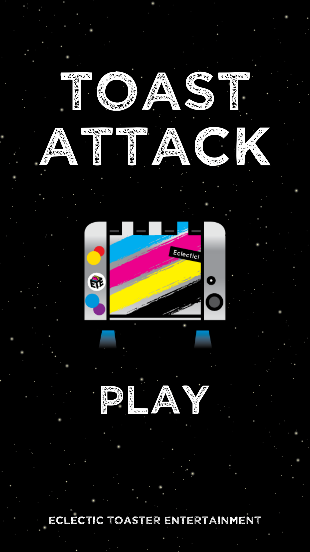
Reliving our digital webinar
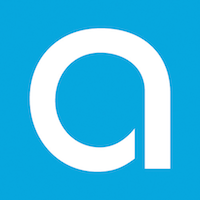
BY: Julie Neville
31 Jul 2017
At the beginning of July our Digital Associate Julie Neville, with Fran Gkotsi and Dave Darch from A Little Learning, hosted an Arts Award webinar. The aim was to demonstrate how digital arts can be successfully used within Arts Award, highlighting some specific examples from young people’s portfolios and the wider arts world.
What is digital art?
The session started by addressing this most basic question, based on feedback from participants who were unsure what we mean by “digital art”. Digital refers to the representation of real-world items electronically, so digital art can broadly be defined as artistic work where digital technology is essential in its’ creation or presentation. And digital art isn’t a new idea – terms such as “new media” or “computer art” have been used since the 1970s!
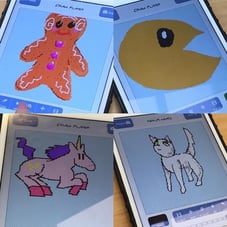 Digital art also isn’t restricted to new art forms, but has been incorporated by artists working across the board. We shared examples of familiar art forms which can be created or shared digitally such as film, photography or illustration. However, there are the new digital art forms, such as coding, games design or vlogging. All of which can be creative pursuits with a strong digital element.
Digital art also isn’t restricted to new art forms, but has been incorporated by artists working across the board. We shared examples of familiar art forms which can be created or shared digitally such as film, photography or illustration. However, there are the new digital art forms, such as coding, games design or vlogging. All of which can be creative pursuits with a strong digital element.
As part of this discussion, the webinar considered popular trends in technology which have made accessing digital arts even easier. Hardware like the Raspberry Pi and BBC Microbit give anyone the opportunity to code something, from simple sprite movement to more complex creations. An example of the latter was shared from William’s Bronze portfolio, where all four parts focused on videogames. Using a tool called Xcode, first-time coder William created a working game for his Part A called Toast Attack, featured in a previous blog. There are also iPad Orchestras, which use iPad apps to simulate musical instruments and come together to create or perform pieces of music electronically. These are an increasingly common combination of music and digital, and featured at Mozfest 2016.
One key benefit of bringing art and digital together is that it can encourage young people who might favour science and technology over the arts to develop their creative sides – and vice-versa. With digital literacy becoming such an important part of everyday life, it’s important for young people to understand how technology and creativity can work in harmony: a point raised by our webinar hosts.
Links to Arts Award
William’s Bronze portfolio focused on videogames, including his experience of being an audience member (Part B). This is an example of art which is created and experienced digitally, with unique creative elements that young people can consider in their review.
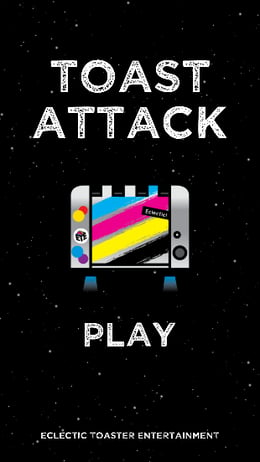
Not all digital art is experienced on a computer however. There are digital creations which an audience experiences physically, such as the work of Miral Kotb, who combines dance with code. Also considered were physical experiences augmented by digital pieces, illustrated by Gamar's museum collaborations which encourage visitors to interact with exhibits through games played on their app.
Linked to these digital art forms are the artists who create them and could be researched by young people at any level. Websites like Artfinder and The Space provide an online platform to artists who young people might not be aware of, making their art accessible to all.
We’ve got the tools, we’ve got the talent
A host of digital tools are available for anyone completing their Arts Award to support evidence collection. The webinar closed by covering just a few of these: from Wordpress (which this very blog was built upon) for web design; to social media as a method for sharing reviews. We even shared an example of how Prezi could be used to assemble a whole portfolio!
Missed out? Forgotten anything?
Such is the wonder of digital, if you missed the webinar or would like to go through it again, a recording of the full session is available online and goes into more detail than this recap. You can also download the presentation, along with a list of useful links and resources used throughout. The feedback from participants has been really positive, so we look forward to seeing some exciting digital projects!
Related posts
BY: Julie Neville
BY: Julie Neville

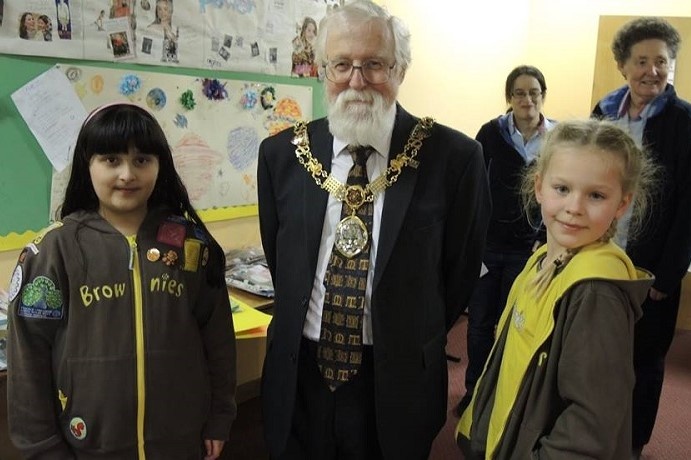
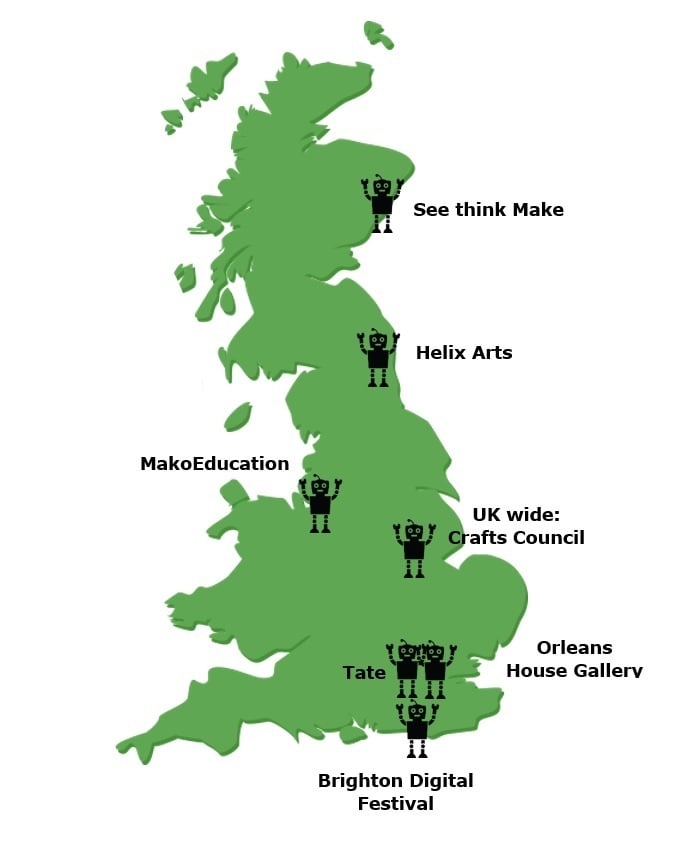

Comments & Replies